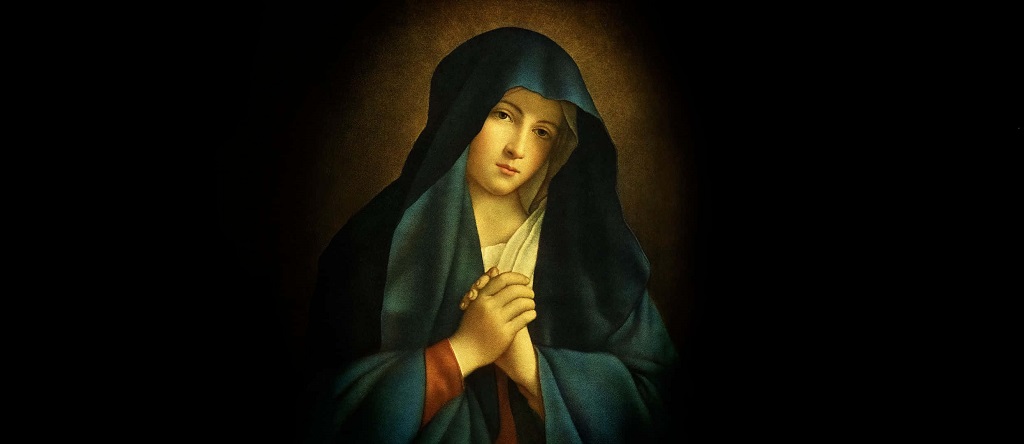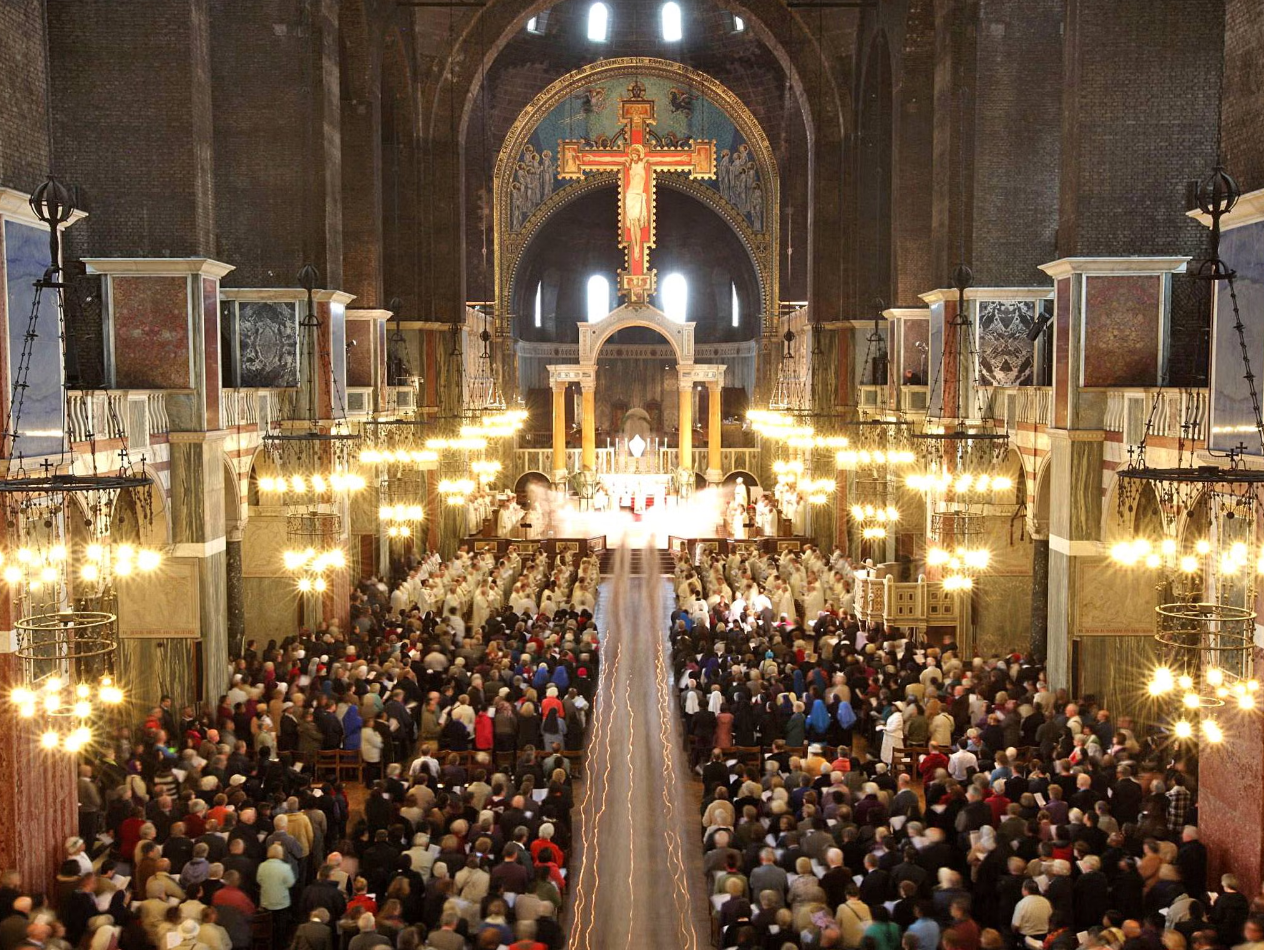The doctrine of Mary Mediatrix is a relatively late development in church history, emerging centuries after the apostolic era. Early church fathers, such as Ignatius, Polycarp, or Clement, make no mention of Mary as a mediator of grace. The New Testament itself is silent on any such role, emphasizing Christ alone as the mediator (Hebrews 9:15, KJV). The elevation of Mary began in earnest with the Council of Ephesus, where the title "Theotokos" was affirmed, not to deify Mary but to clarify Christ’s divinity. However, this opened the door to exaggerated veneration. By the Middle Ages, texts like the Protoevangelium of James (2nd century, non-canonical) and mystical writings amplified Mary’s role, portraying her as a channel of divine grace.
This gradual development is evidence of "faith evolution" in Catholicism, where doctrines absent from Scripture or early tradition were incorporated over time. The formalization of Mary Mediatrix gained momentum in the 19th century with the Marian apparitions (e.g., Lourdes, 1858) and was solidified in Vatican II’s Lumen Gentium (1964), which called Mary "Mediatrix" while stopping short of defining it as dogma. This late emergence—over 1,500 years after Christ—demonstrates a departure from the apostolic faith, as Catholicism adapted to cultural and mystical influences, unlike the unchanging standard of Scripture (Psalm 119:89, KJV).
Pagan and Mystical Links
The doctrine of Mary Mediatrix bears striking similarities to pagan mother-goddess cults prevalent in the ancient world. In Ephesus, where the Theotokos title was declared, the cult of Diana (Artemis), a mother-goddess associated with fertility and protection, was dominant (Acts 19:27-28, KJV). Early converts, steeped in pagan traditions, likely syncretized these beliefs with Christianity, elevating Mary to a semi-divine status akin to Isis, Cybele, or Demeter. These goddesses were often seen as intercessors or mediators for humanity, a role later ascribed to Mary.
Mystical writings further fueled this doctrine. Medieval theologians like Bernard of Clairvaux and later figures like Alphonsus Liguori in The Glories of Mary (1750) portrayed Mary as a necessary intermediary, claiming that prayers must pass through her to reach God. Such teachings echo pagan mysticism, where divine figures mediate between gods and humans, rather than the direct access to God through Christ taught in Scripture (John 14:6, KJV). The Marian apparitions, such as those at Fatima (1917), often emphasize Mary’s role as a dispenser of grace, reinforcing this mystical, unbiblical tradition.
Contradictions with God’s Word
The doctrine of Mary Mediatrix directly contradicts the clear teaching of Scripture. The Bible declares, "For there is one God, and one mediator between God and men, the man Christ Jesus" (1 Timothy 2:5, KJV). This leaves no room for additional mediators, including Mary. Jesus Himself said, "I am the way, the truth, and the life: no man cometh unto the Father, but by me" (John 14:6, KJV). To assign Mary a mediatorial role undermines Christ’s exclusive sufficiency as Savior and Mediator.
Catholicism claims Mary’s intercession is necessary for grace, yet Scripture teaches that all grace comes through Christ alone (Ephesians 2:8-9, KJV). The idea that Mary dispenses grace or co-redeems humanity lacks any biblical support and diminishes the finished work of Christ on the cross (Hebrews 10:10, KJV). Furthermore, prayers to Mary, as encouraged by Catholic tradition, violate the biblical command to pray to God alone (Philippians 4:6, KJV). The Catholic practice of venerating Mary as Mediatrix also risks idolatry, as it elevates a human to a role reserved for God (Exodus 20:3-5, KJV).
Additional Evidence and Refutation
Historical and biblical scholarship, particularly from sources like Cold Case Christianity, emphasizes the sufficiency of Christ’s mediation based on early Christian writings and the New Testament. The Foxe’s Book of Martyrs documents how early reformers, such as John Wycliffe and William Tyndale, rejected Marian excesses as unbiblical, facing persecution for upholding sola scriptura. Websites like bible.ca, which specialize in refuting Catholic doctrines, highlight the absence of Mary Mediatrix in early church practice and its conflict with 1 Timothy 2:5.
The Catholic defense often cites Mary’s role in the wedding at Cana (John 2:1-11, KJV) as evidence of her intercession. However, this event shows Mary pointing to Jesus, saying, "Whatsoever he saith unto you, do it" (John 2:5, KJV), reinforcing Christ’s authority, not her own. Similarly, Catholic appeals to tradition are undermined by the late development of the doctrine, as noted earlier, and the lack of apostolic support.
Conclusion
The doctrine of Mary as Mediatrix is a product of historical faith evolution within Catholicism, lacking any foundation in Scripture and bearing troubling parallels to pagan goddess worship. Its late emergence, centuries after the apostolic era, and its contradictions with the clear teaching of the King James Bible—particularly Christ’s sole mediatorship (1 Timothy 2:5, John 14:6)—render it an unbiblical innovation. Christians are called to rely on Jesus alone for salvation and access to God, rejecting any doctrine that elevates a human to divine status. As Psalm 119:105, KJV declares, "Thy word is a lamp unto my feet, and a light unto my path," guiding us to truth and away from man-made traditions.




